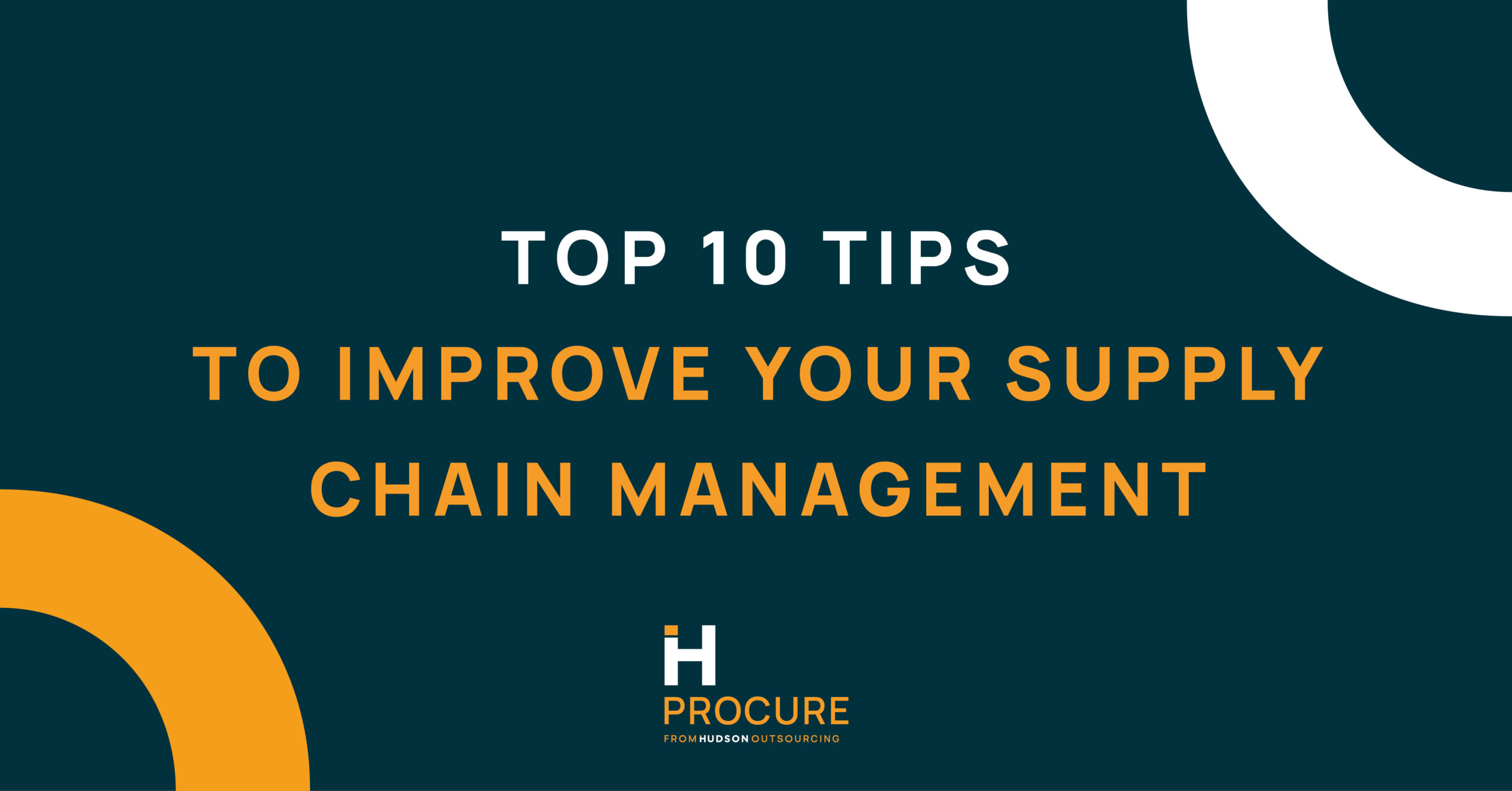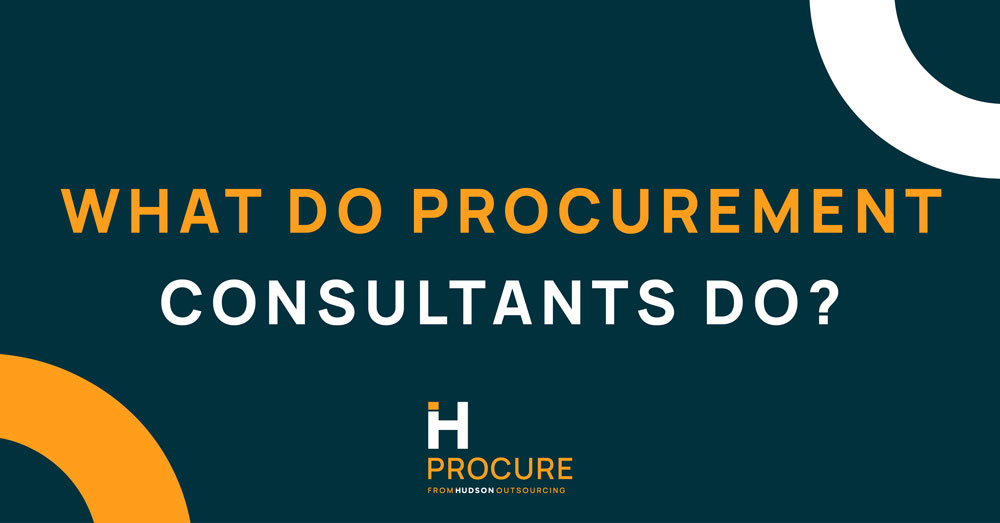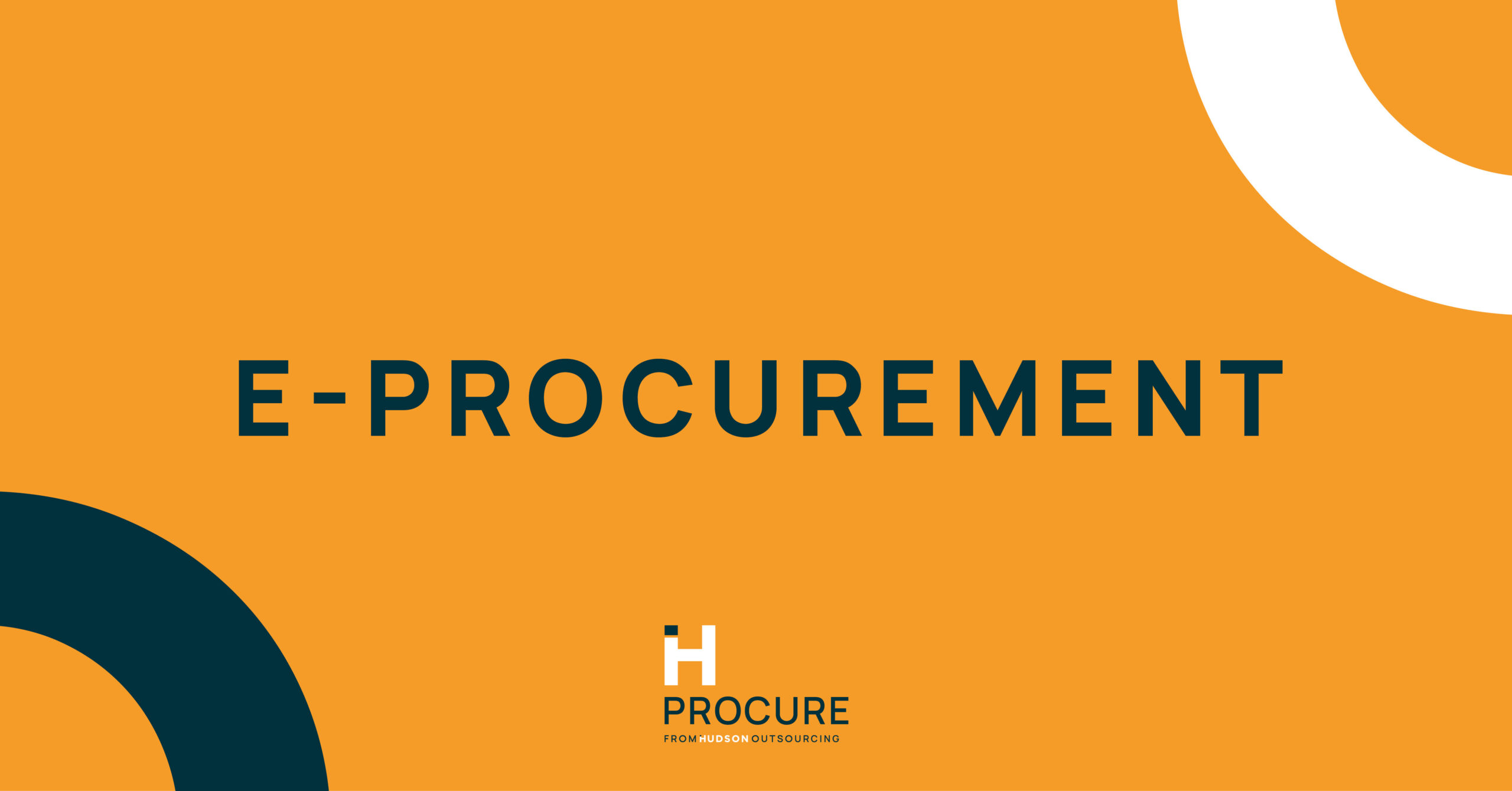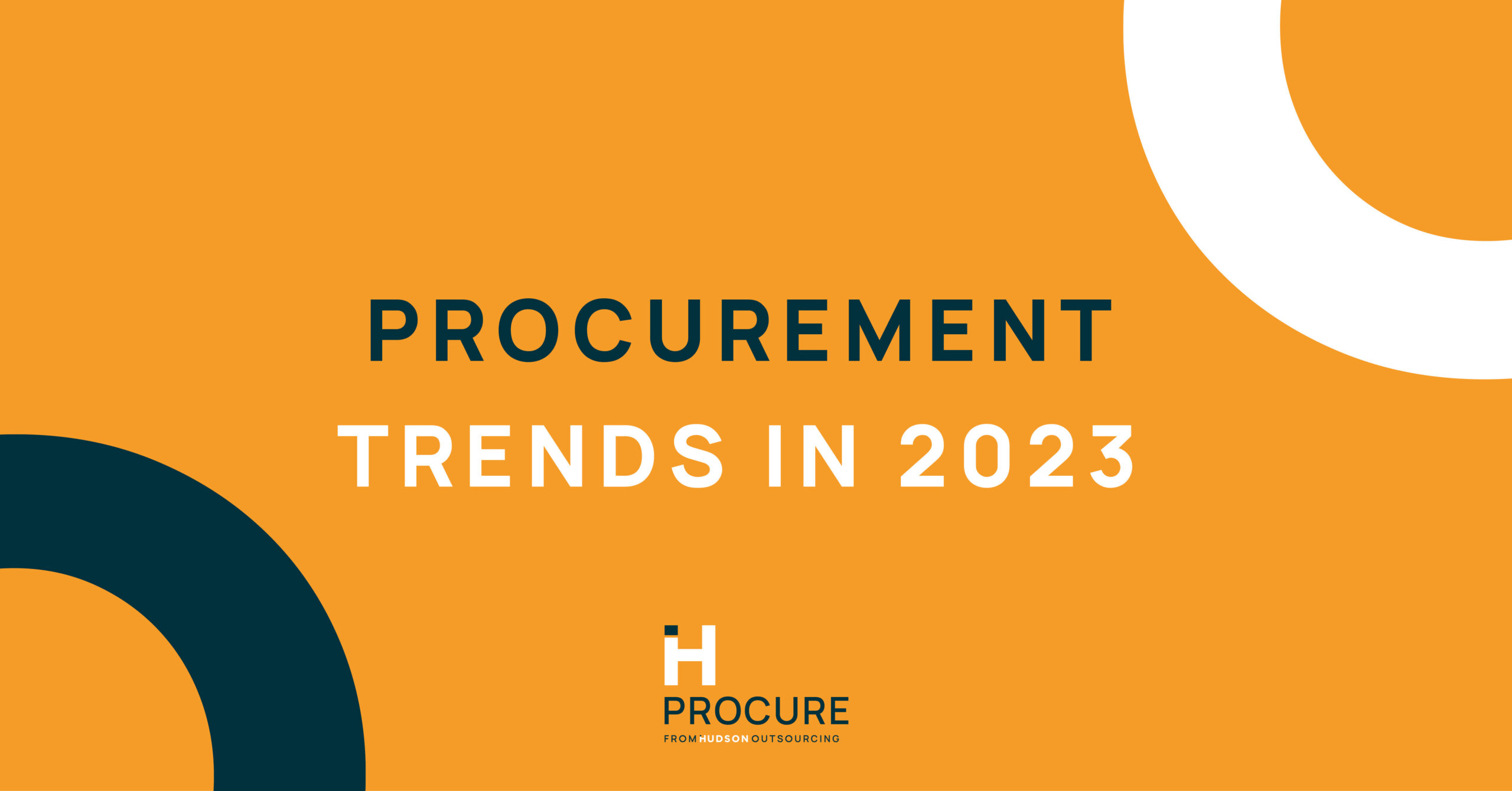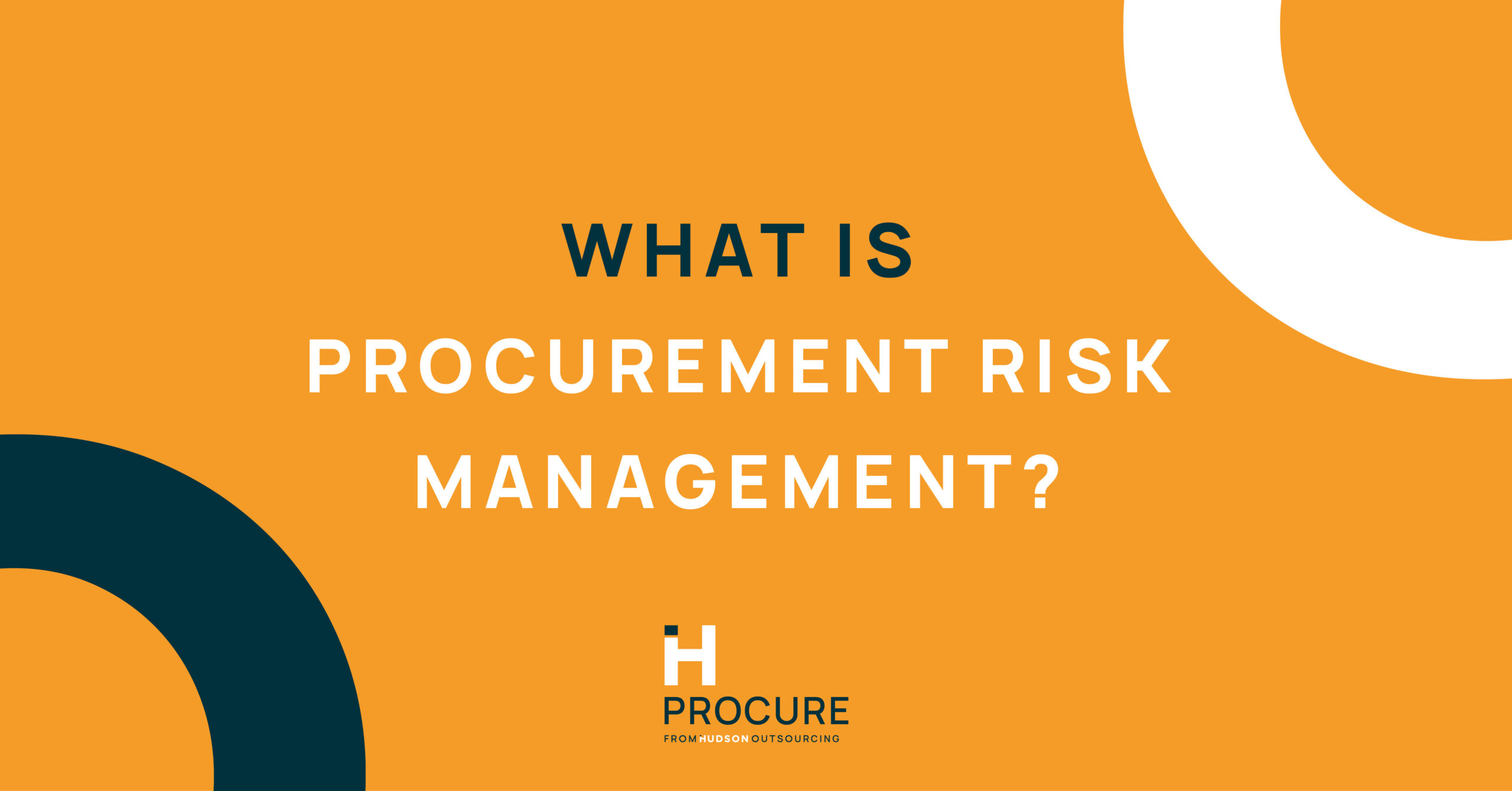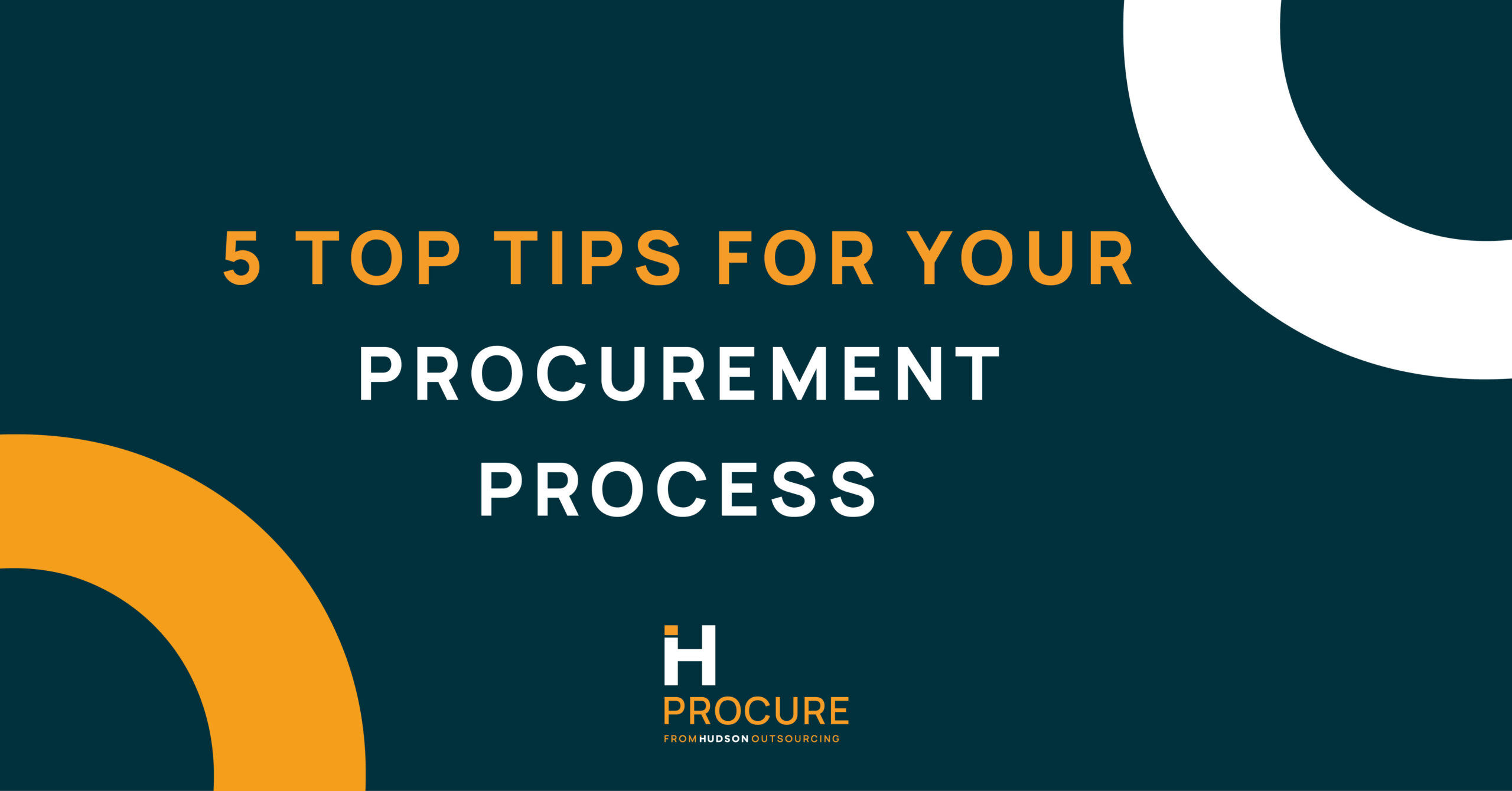Whilst you may be familiar with procurement, are you aware of what procurement risk management is?
Procurement risk management assessments identify the possible risks that could affect your business during the procurement process. From this, you will then identify and assess what needs to be done to eradicate these risks in the future.
Undertaking a risk management assessment will allow you to maximise your procurement efficiency to better suit your business needs long-term. Generating added value and even saving you some money.
In this blog, we look at the potential risks that could occur during the procurement process. We will then identify what you need to do during the risk management stage to effectively reduce the risks identified.
What are the common risks to look out for in procurement risk management?
Due to variables, such as location, industry sector and type, your procurement strategy will differ from others. However, there are four common risks that can occur for everyone. These are:
1. Inadequate needs analysis
Identifying what you need and when is one of the biggest problems that can occur in procurement risk management. Underestimating these factors can cause serious issues down the line. In most scenarios, businesses tend to over-purchase their goods. Resulting in too much stock and without a way to off-load to customers. You also need to be aware of how your products or services will reach your customers. Negotiating with your supply chain contractors in getting the best possible price and quality services is vital. Again, underestimating these factors can have an effect. You need to ensure that you have planned for all outcomes.
For example, you agreed on a service at a set rate with a specific timeframe, but this is not conveyed. Do you have appropriate solutions in place to resolve the situation? Or are you able to back out of the contract?
Doing a thorough analysis and identifying these risks is the first step in the process.
2. Poor supply chain management selection and contract management
This then brings us to your supply chain management. Insufficient communication between yourself and your supply chain contractors can lead to significant risks. Think about it, these are the main services for your business operations to run smoothly. They are the ones who deliver your materials or provide you with facilities, or deliver your services to customers. Communication is the key. Liaising with your contractors effectively can save you money, reduce the risk and provide a smooth service. Four things to consider when sourcing supply chain contracts are:
- Are they vetted? You want to be working with quality vendors. Do your research and ensure the people you are working with are up to standard.
- Do you or the contractor have contingencies in place if something goes wrong?
- Double check everything. Every document exchanged between you and your supply chain contractor needs to be checked. You don’t want to agree to something that will drastically affect you in the future. It could be detrimental to your business. Be thorough with everything.
- Regularly audit your contracts. As times change, so do your business needs. Regularly checking your supply chain contracts ensures you are covered. You can negotiate better deals to suit your needs. This can save you money and ensures continued communication with your contractor.
3. Fraud and corruption
Whilst there are some procurement risks you can manage, there are those that come unintentionally. Therefore, if you are not looking for them, they can be easily missed. Most commonly, this is invoice fraud, but it can also include embezzlement and theft. Going back to what was said before, be thorough and double check everything. It can be easily missed if you don’t know what you’re looking for, or don’t know to look for it. Don’t be dismissive of invoices that you receive, you need to ensure it is correct before you pay. Otherwise, you are losing money, and regularly if it is not caught quickly.
Procurement risk management assessment
Now you know the types of risks that can occur, you can establish a procurement risk management assessment. This will enable you to put strategies in place to reduce risks in the long-term.
This part of your procurement management, will identify the risks that are unique to you and your business. You can then work on minimising them to reduce the impact they will have in the future.
The 4 steps you should include in the procurement risk management assessment
- Identify – Identifying the potential risks that could occur that are unique to you and your business. Identify both major and minor risks, you do not want to overlook anything.
- Assess – You then need to assess the risks. Looking at the potential impact they will have and the likelihood that they will occur. From this, establish priority. What are the major risks that need to be dealt with swiftly? Rank each risk from most to least priority so you know where to begin.
- Strategise and Control – Once you have the all the above information, you can begin to control them. Implementing procedures early on that can reduce the risks and the impact. Setting up contingency plans and properly communicating this information to your supply chain contractors. Some risks will be short-term and only occur once, others will be long-term that keep occurring. However, if you have procedures in place, the impact can be low.
- Monitor – Regularly review the risks. They can change over time, depending on your business and development. Something that may have been a minor risk earlier may have transformed into a major risk, or vice versa. You will then need to re-establish new procedures to control these risks. This should be a continuous process.
In summary
Procurement risk management is not to be overlooked. Identifying any risks that could occur early on will ensure that you can effectively manage and mitigate them. The benefits of doing this include:
- Reducing service costs and saving you money
- Improving supply chain services and relationships
- Enhancing customer service, due to quality business services
- Improving the use of resources.
Remember to be thorough with your research, identify all risks, big and small, and implement procedures that will help long-term. Overall, improving your entire procurement management.
How can Hudson Procure help with the procurement process?
At Hudson Procure, our procurement experts have nearly two decades of experience. No matter what kind of support you’re looking for, we can help.
Procure Consult
With Procure Consult, we provide support with tender management and ad-hoc procurement consultancy. Our expert team will manage the end-to-end procurement process or offer assistance at any stage, as and when required.
Procure Health Check
With Procure Health Check, we’ll conduct a full review of the strategic and operational procurement processes within your organisation. We’ll identify the areas that require improvement and help you drive greater value from the procurement process.
Procure Analyse
The purpose of Procure Analyse is to conduct a high-level analysis of your spending activity. We’ll help you understand your current purchasing behaviour and highlight areas that can deliver greater value. Our Procure Analyse service is offered as part of Procure Health Check or as a standalone service.
Procure Outsourcing
Procure Outsourcing delivers a range of procurement solutions on an outsourced basis, completely bespoke to you. This can range from delivering multiple tender projects as a package, to delivering the full procurement function of your organisation.
Procure Post
With Procure Post, you can share your tender on one or more of our 11 sector-specific portals. This way, you’ll increase your chances of finding the perfect supplier.
Get in touch for a consultation and find out how we can help your business grow.
Check out our other blogs for further Procurement Insights:


